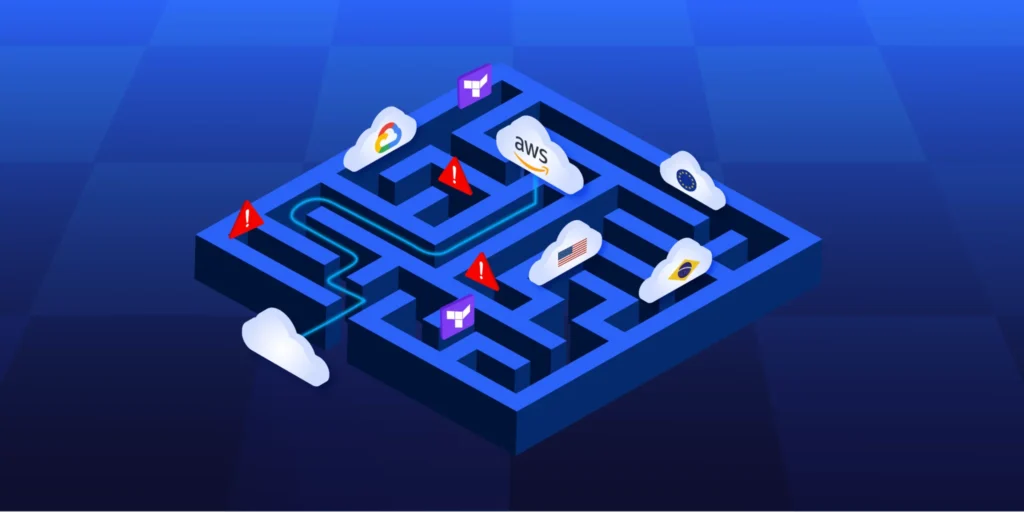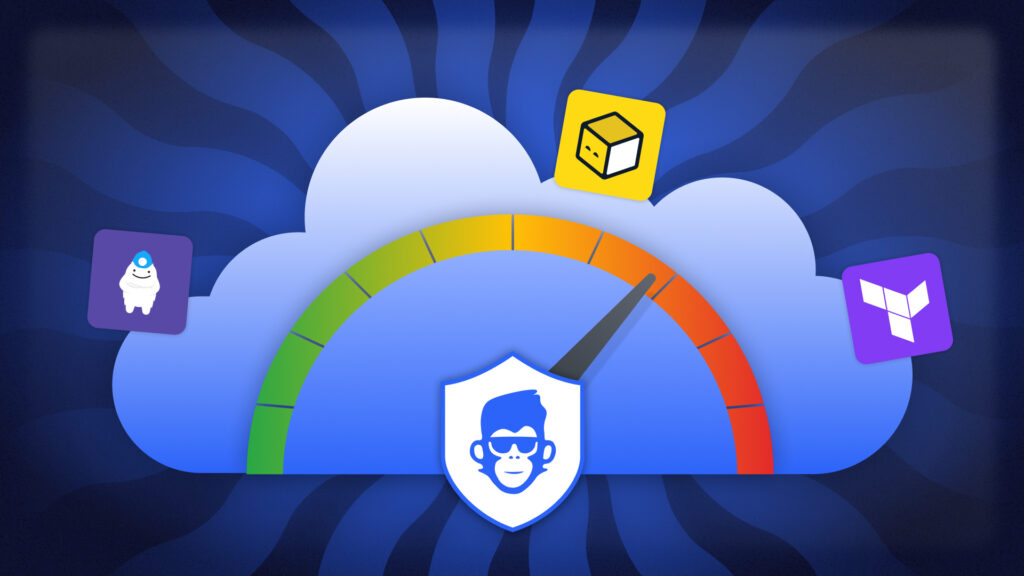Introduction
Disaster recovery (DR) planning is an essential aspect of modern business operations, ensuring that disruptions are minimized and services are swiftly restored in the face of unforeseen events.
Traditional disaster recovery strategies primarily revolve around data recovery and application restoration. In contrast, networking recovery focuses on rapidly reconfiguring the network to restore connectivity and ensure data and applications can flow seamlessly.
This is where Terraform emerges as a powerful ally. Terraform’s ability to codify these networking setups brings the needed agility to the DR landscape.
In this blog, we delve into how to have a sustainable disaster recovery plan for your AWS Networking resources by leveraging Terraform, and why you should consider that as part of your DevOps strategy.
Life Without a DR Plan for Networking
Not having a well-defined disaster recovery plan for your networking infrastructure can expose your organization to a multitude of risks and potential catastrophes:
- Accidental Resource Deletion: Mistakenly deleting critical networking resources due to human error can lead to prolonged downtime, disrupted services, and financial losses.
- Malicious Attacks: Malicious actors can exploit vulnerabilities to manipulate network configurations, compromising security and causing operational disruptions.
- Configuration Mistakes: Improperly configuring networking parameters can have far-reaching consequences, affecting the performance and availability of the entire infrastructure.
A well-structured disaster recovery plan becomes critical to mitigate these risks and ensure the swift restoration and integrity of networking architecture.

Terraform for the rescue
Let’s explore the different aspects of using Terraform for your DR strategy:
Defining Network as Code
Defining Network Infrastructure as Code: Terraform enables you to define your entire networking architecture in code, capturing every configuration detail. This means you can create VPCs, subnets, route tables, transit gateway, direct connect, and more, all through code, ensuring consistency and repeatability in your DR setup.
You can also import your existing networking resources to Terraform, so you can take all of your existing networking footprint and shift it to be under Terraform management from now on.
Speedy Recovery Configurations
In disaster recovery scenarios, time is of the essence. With Terraform, you can quickly re-establish networking configurations by simply deploying the code that defines your desired networking architecture. This accelerates the process of getting critical services back online.
Maintaining a robust CI/CD pipeline for your Terraform infrastructure is essential to efficiently reapply and deploy any networking configuration that may be affected by a disaster scenario.
Versioned Recovery Plans
This offers a historical record of how your networking was configured during each DR event, aiding in compliance and audit requirements.
Change Management and Rollbacks
Managing changes to networking configurations is a critical concern.
When using Terraform, your network configurations should be stored in a version control system and therefore are versioned and each change is audited
Each proposed change should be audited, reviewed, and validated against your organization’s policies.
Using a CI/CD pipeline for your Terraform can help with achieving this. Incorporating policies within that pipeline shortens the code review process and prevents mistakes in production.
Terraform’s ability to track changes and provide easy rollbacks ensures that your DR networking remains consistent and in accordance with your organization’s policies.
Keeping the Terraform code up-to-date
Keeping the Terraform code up-to-date is a critical aspect of maintaining an effective disaster recovery strategy for your networking architecture. As networking configurations evolve over time, whether due to changes in business requirements, security enhancements, or growth in infrastructure, your Terraform code must accurately reflect these adjustments.
To achieve this you must run periodic drift detections to identify inconsistencies between your actual networking setup and the defined codebase.
Regularly looking for drifts and remediating any deviations between the desired state and the actual state ensures that your disaster recovery plan remains aligned with the current state of your networking architecture, enhancing its reliability and efficacy in rapidly restoring connectivity and services.
Collaboration and Documentation
Terraform’s code-based approach fosters collaboration among teams.
Moreover, the code serves as a self-documentation of the networking setup, making it easier for different teams to work together during recovery scenarios.
Summary
Having an effective disaster recovery plan for your Networking resources is a crucial part of any DevOps organization strategy. In this context, Terraform shines as an invaluable asset.
By translating your AWS networking architecture into code, Terraform provides an unmatched command over your network setups.
This approach significantly reduces the likelihood of mistakes, harmful attacks, and confusion in settings that could slow down successful recovery.
Additionally, Terraform streamlines rollbacks and preserves versioned recovery plans, guaranteeing consistent and precise networking configurations.
If Terraform has not already taken a central role in your networking DR plan strategy, now is the perfect time to incorporate it.

A 30-min meeting will save your team 1000s of hours
A 30-min meeting will save your team 1000s of hours
Book Intro Call
Sounds Interesting?
Request a Demo




